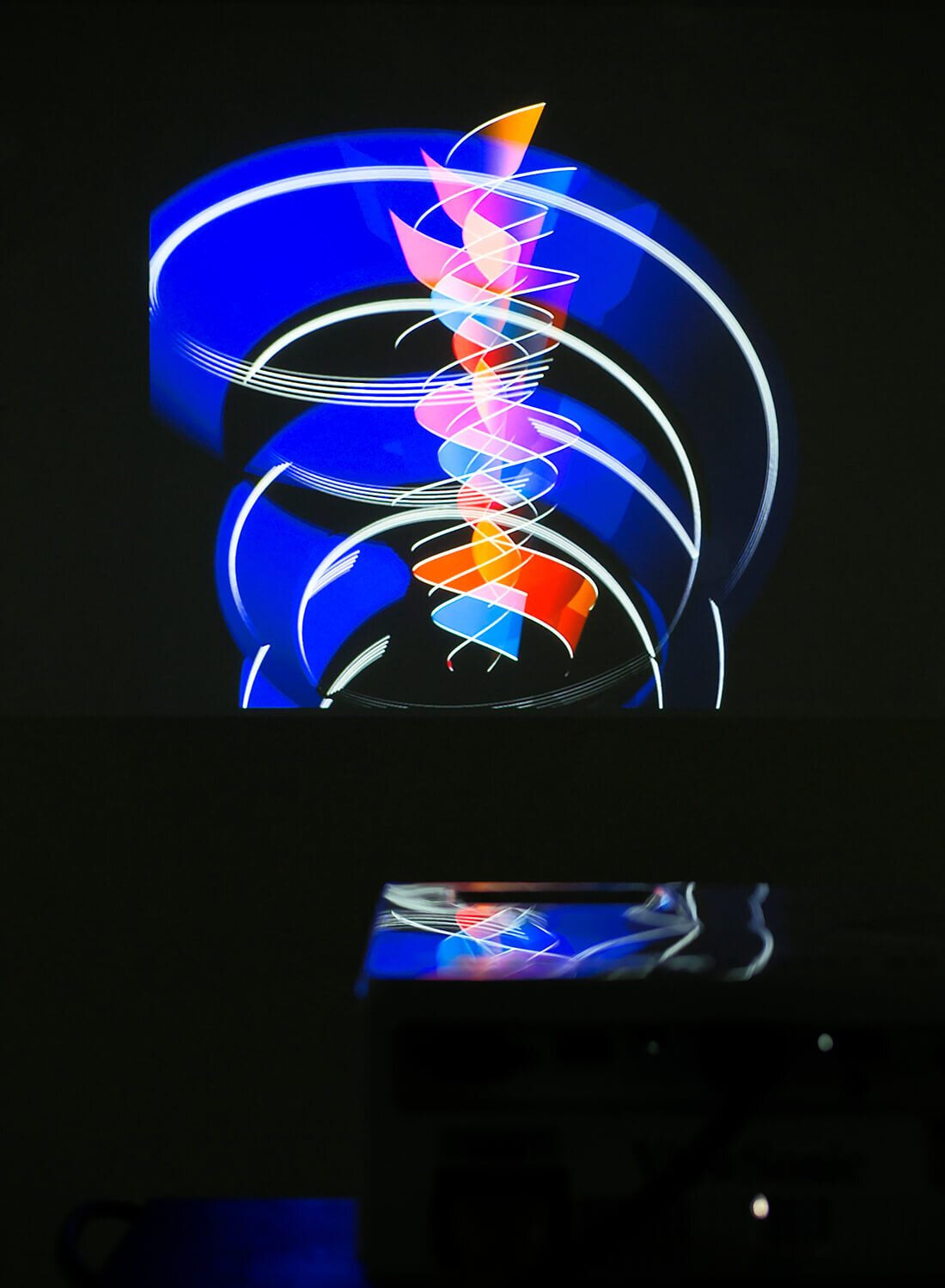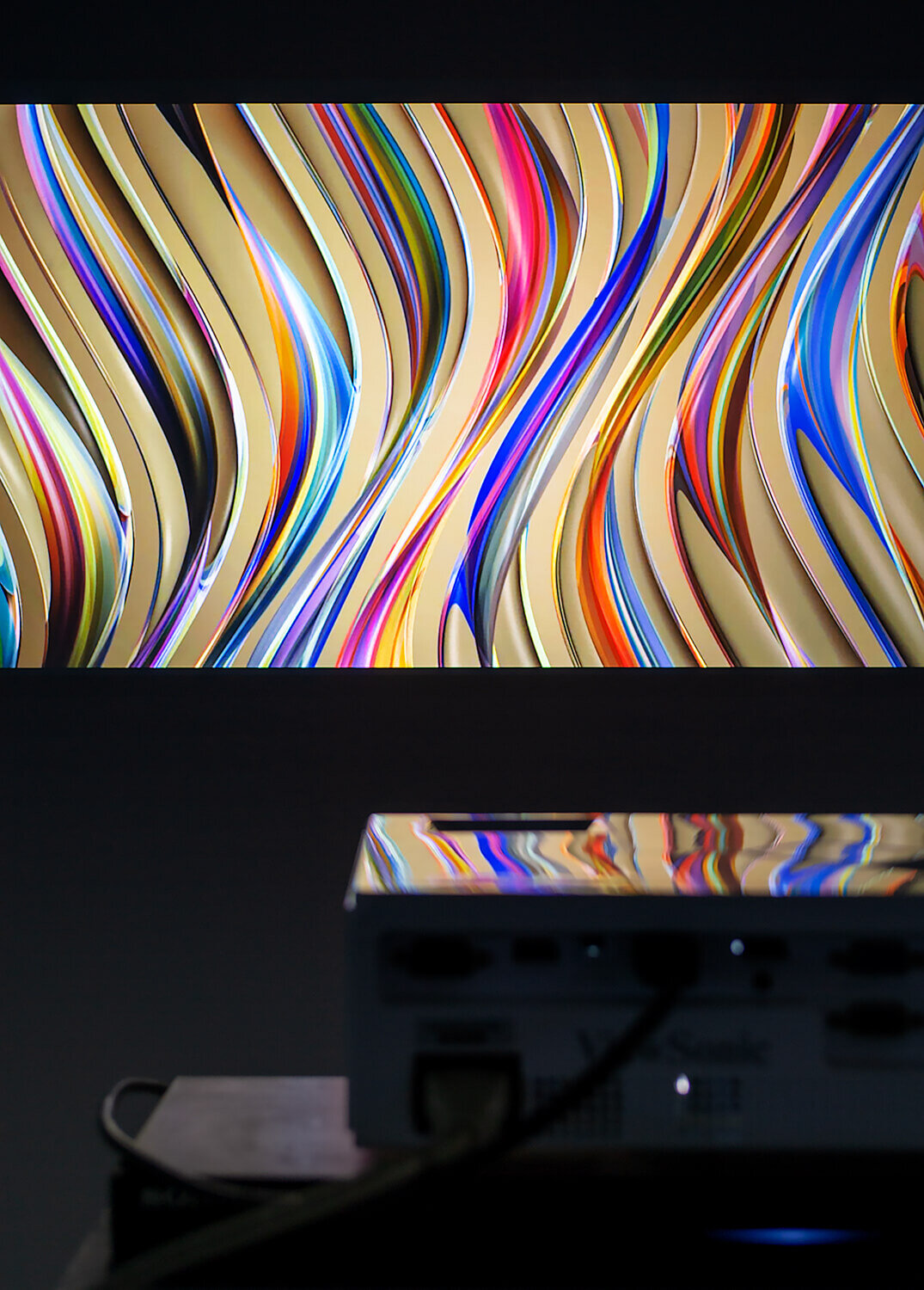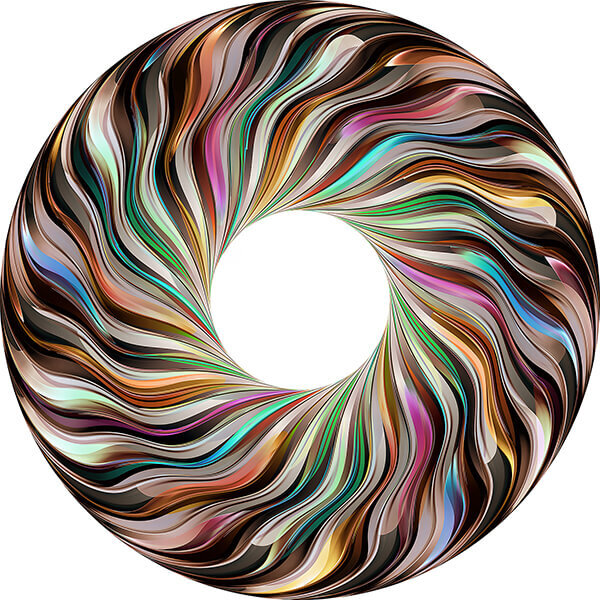About the exhibition
Moving Image Art: 3 was the third instalment of an annual exhibition initiated by PhD students and staff at the University of the West of England, Bristol.
The exhibition featured new video and digital work by students, staff and related artists making work funded by the University’s video art bursary scheme in partnership with Bristol Museum, Knowle West Media Centre, MShed, Arnolfini and Spike Island.
I presented two digital screen art studies at MIA:3, Flow 8VO and Phase ONE. Both take the idea of adding time, motion and illumination to the work, on an experimental basis, refocusing the work away from photography and towards screen presentation and projection.
Adding motion, duration and illumination to the studies is an area that’s rich in possibilities, which I’m hoping to explore further, if only sporadically…
Work in situ
Flow 8VO
This short promo video shows Flow 8VO in situ on three vertically mounted, ultra slim bezel monitors. A kind of triptych arrangement with total dimensions of 102cm H x 174cm W x 14cm D.
The work, which has been rendered in 4k Ultra High Definition (UHD), could be exhibited on any size screen, from a single monitor or television screen up to a substantial built in video wall or projection in a larger circulation space.
Flow 8VO adds time and motion to my original geometry, to create a durational kinetic artwork for screen display. The work is available to buy in a 4k UHD format, unwatermarked, from an edition of 4.
Phase ONE
Phase ONE is a digital video sketch I’ve been experimenting with, drawn and animated to describe a new 3d printed object I’m working on in conjunction with Hobs Studio. The idea is to use a time based sequence of images to describe the sculpture, and visualise its form, by capturing the build up of the component parts in this DV sketch, a sort of animated blueprint to describe how the object may be generated.
The UNIT, in association with Hobs Studio, the UK’s biggest commercial 3d printing studio, invited me to design a series of 3d printed objects to explore the potential of this new technology for materialising experimental sculptural work from digital data sets. It’s been fascinating to explore how the 3d prints can be used to create new form, new structure, and ultimately new physical works. As the technology reduces in cost, it seems likely that this kind of rapid prototyping will become more widely used in contemporary studio practice.












